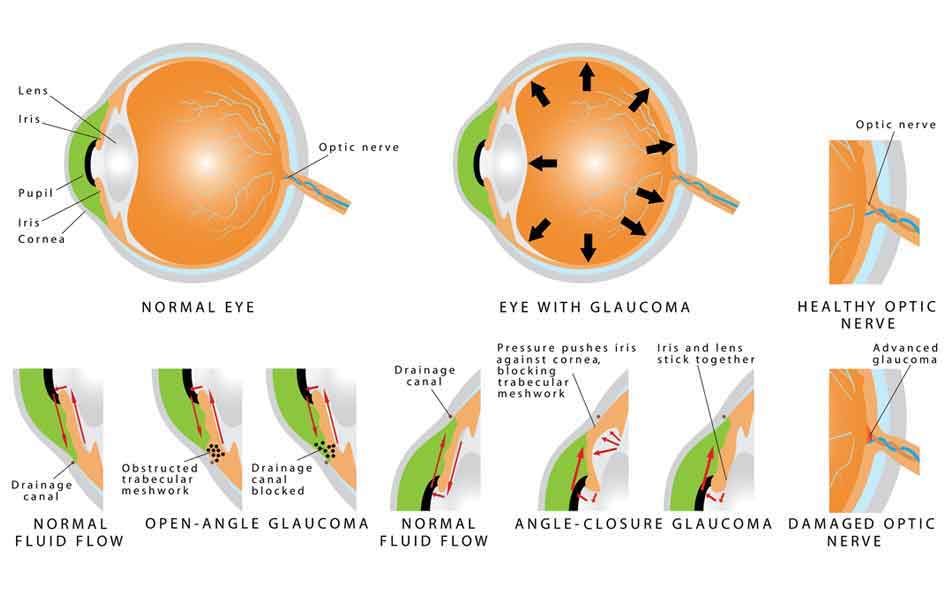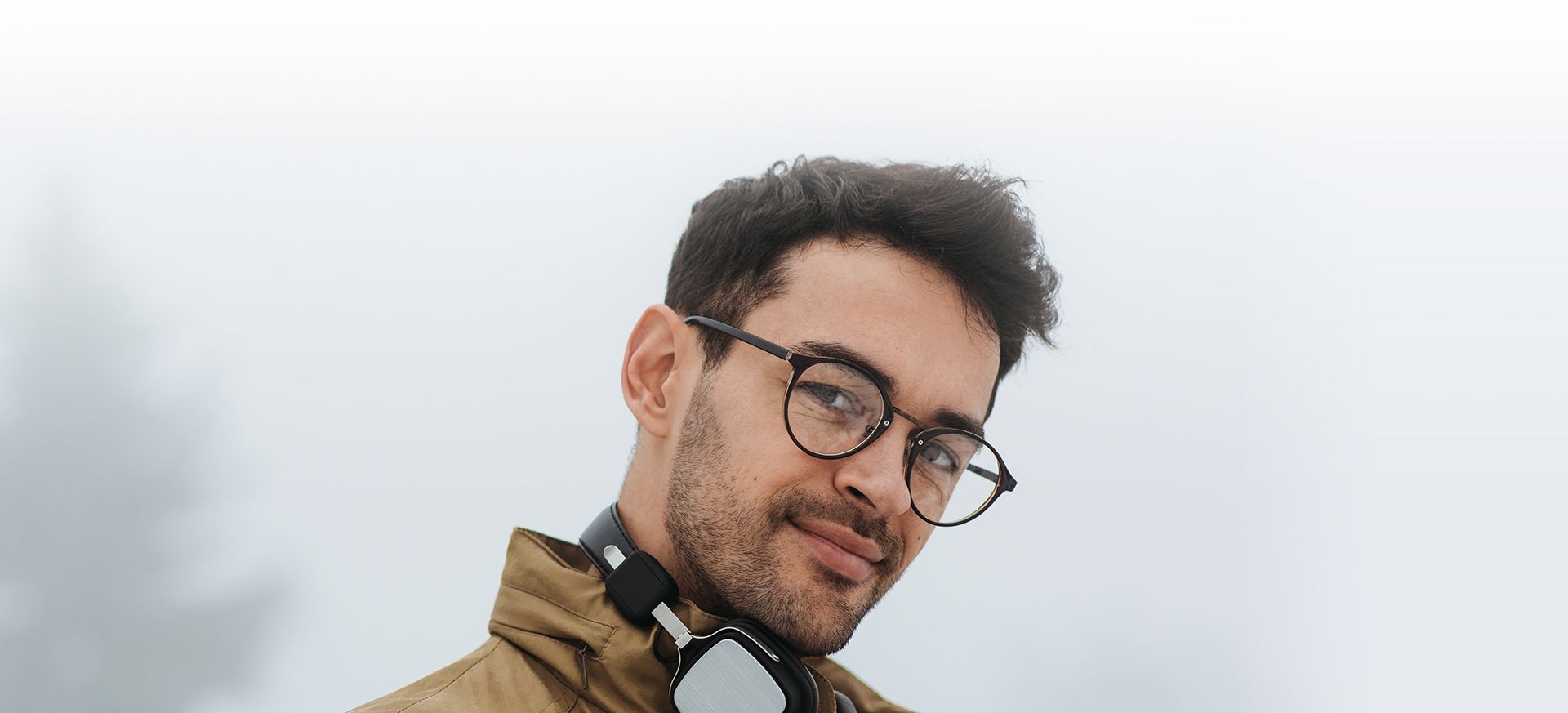
Eye Anatomy
CORNEA: The clear, protective front layer covering the iris, pupil and anterior eye chamber.
PUPIL: The circular black hole located in the center of the iris that regulates the amount of light allowed to enter the eye and strike the retina.
IRIS: The pigmented portion of the eye that is located behind the cornea. It provides eye color and controls incoming light.
LENS: A layer of transparent intraocular tissue that acts as a natural lens to help direct rays of light to the retina.
RETINA: Consisting of many rods and cones that convert the images we see into electrical impulses that get sent through the optic nerve to the brain.
MACULA: A small, centralized section of the retina that manages sharp central vision.
VITREOUS: Colorless, gelatinous filling in the rear interior eyeball, between the lens and the retina.
OPTIC NERVE: The largest sensory nerve that carries impulses for a vision from the retina to the brain.
SCLERA: The visible white portion of the eye. A protective fibrous outer layer that covers most of the eyeball except for the cornea.
CILIARY BODY: A muscular ring beneath the front of the eyeball that aids in focus by changing the lens shape. It also produces aqueous humor.
CHOROID: A layer of blood vessels between the sclera and the retina that help channel oxygen and nutrients to the eye.







